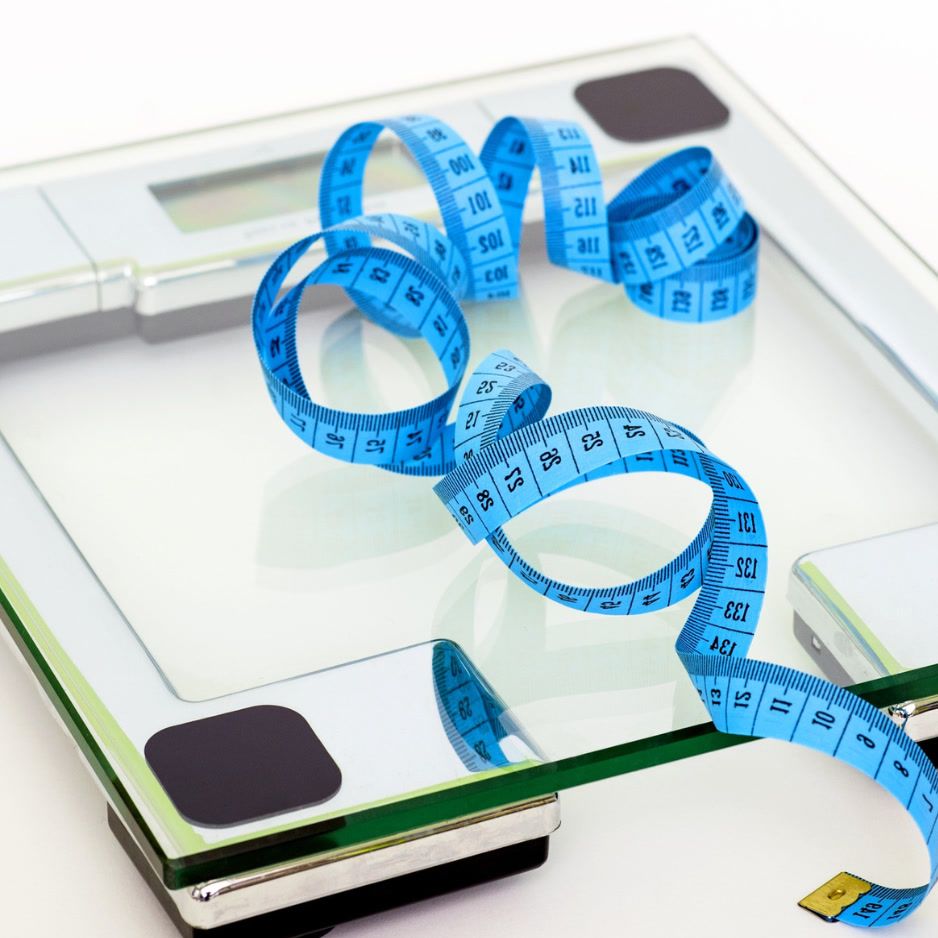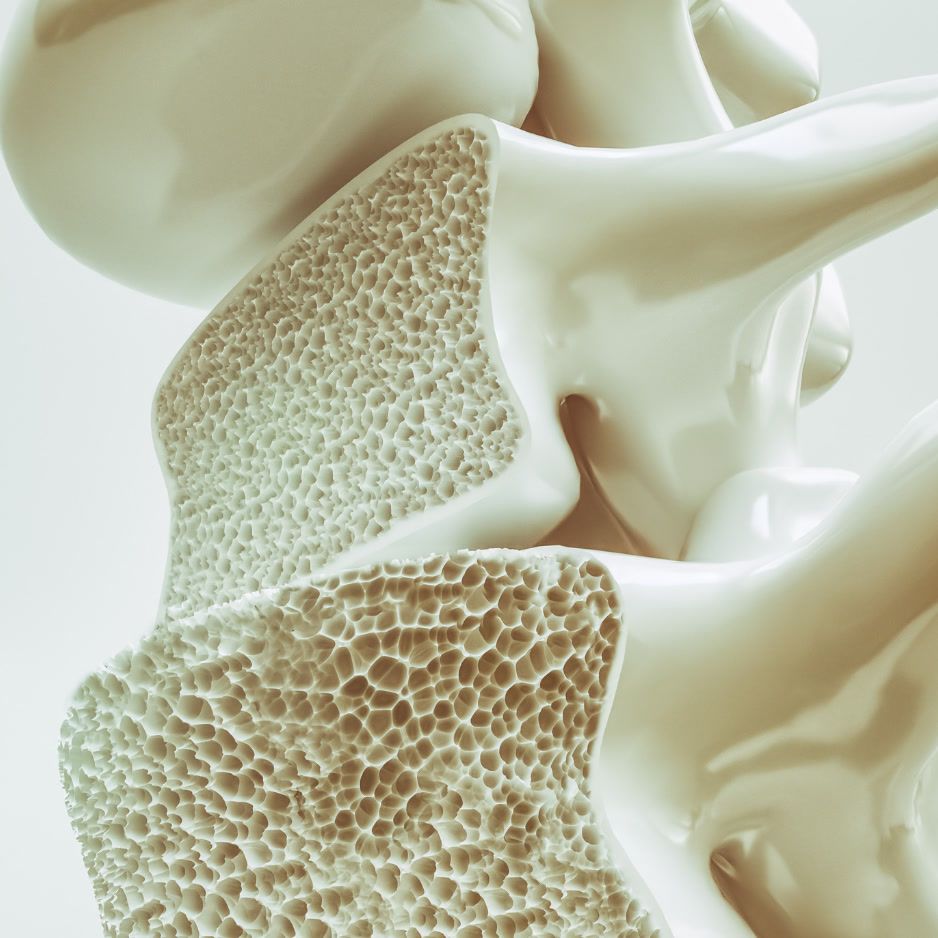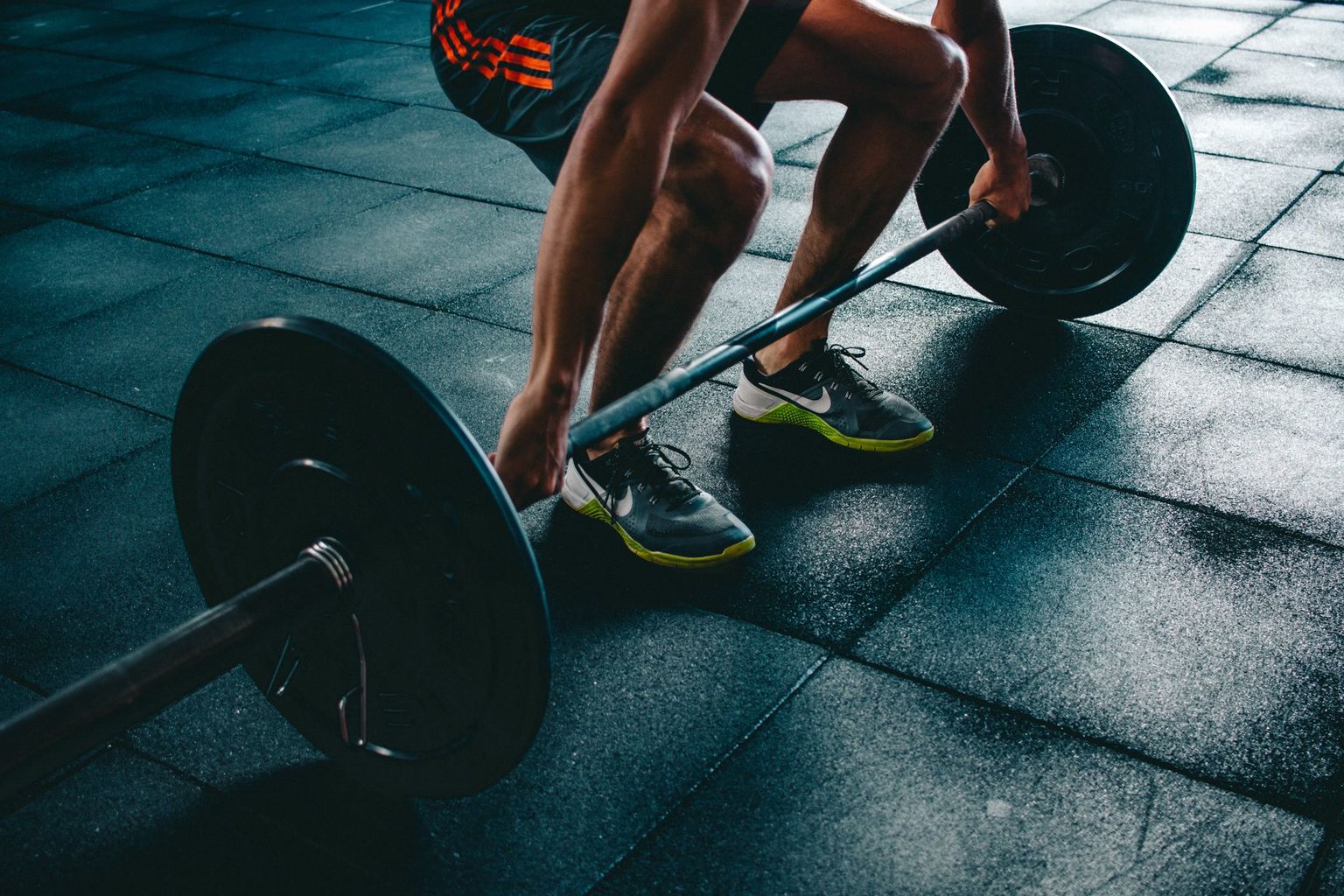Mobility Exercises: Drills for Office Workers, Runners, and Seniors
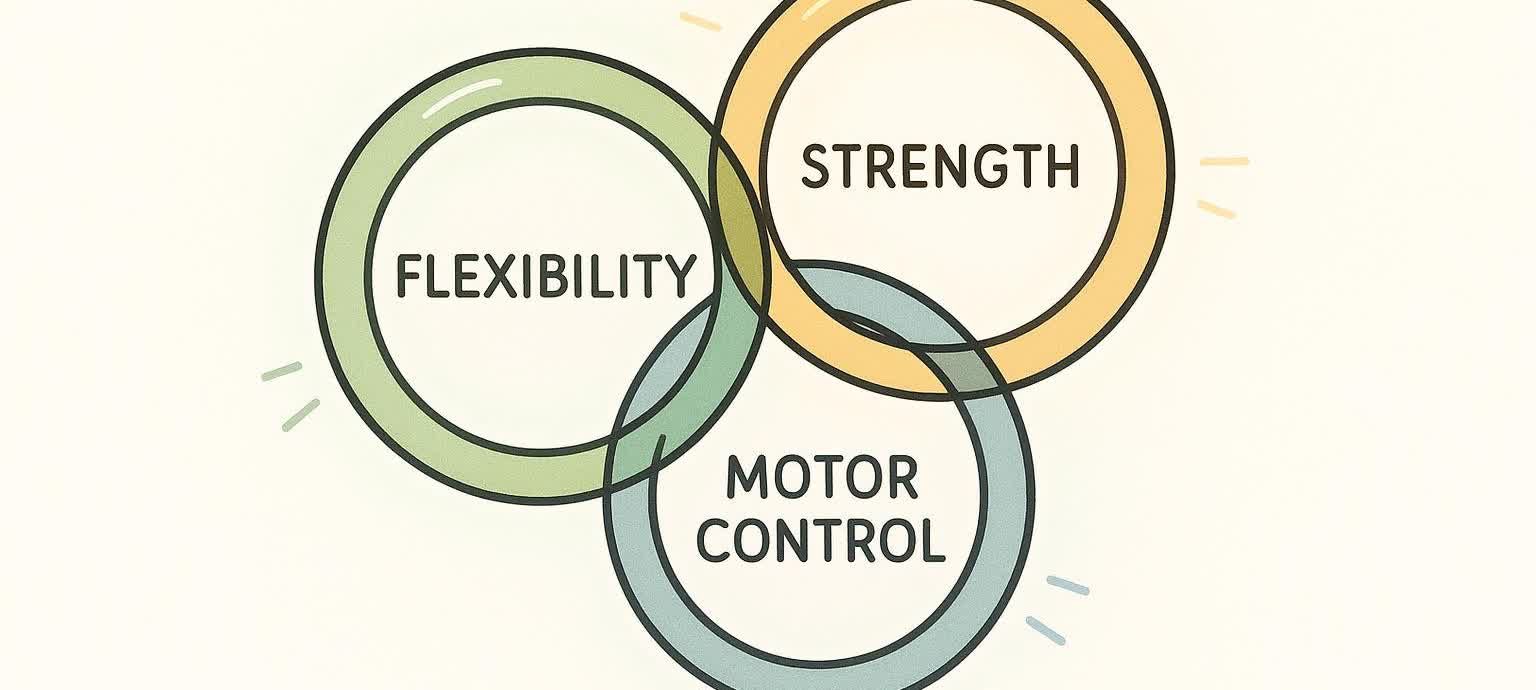
Mobility Exercises: Drills for Office, Runners & Seniors
Persistent joint stiffness after hours at your computer often signals limited mobility. Targeted mobility exercises can restore smooth, pain-free motion by guiding each joint through its intended range.
What exactly is mobility?
Mobility is your ability to actively move a joint through its full, pain-free range of motion without outside help. It blends three elements:
- Flexibility – the passive length of muscles and connective tissue that surround a joint.
- Strength – the muscular control needed to move and stabilize at that end range.
- Motor control – the brain-body coordination that lets you access that range on demand.
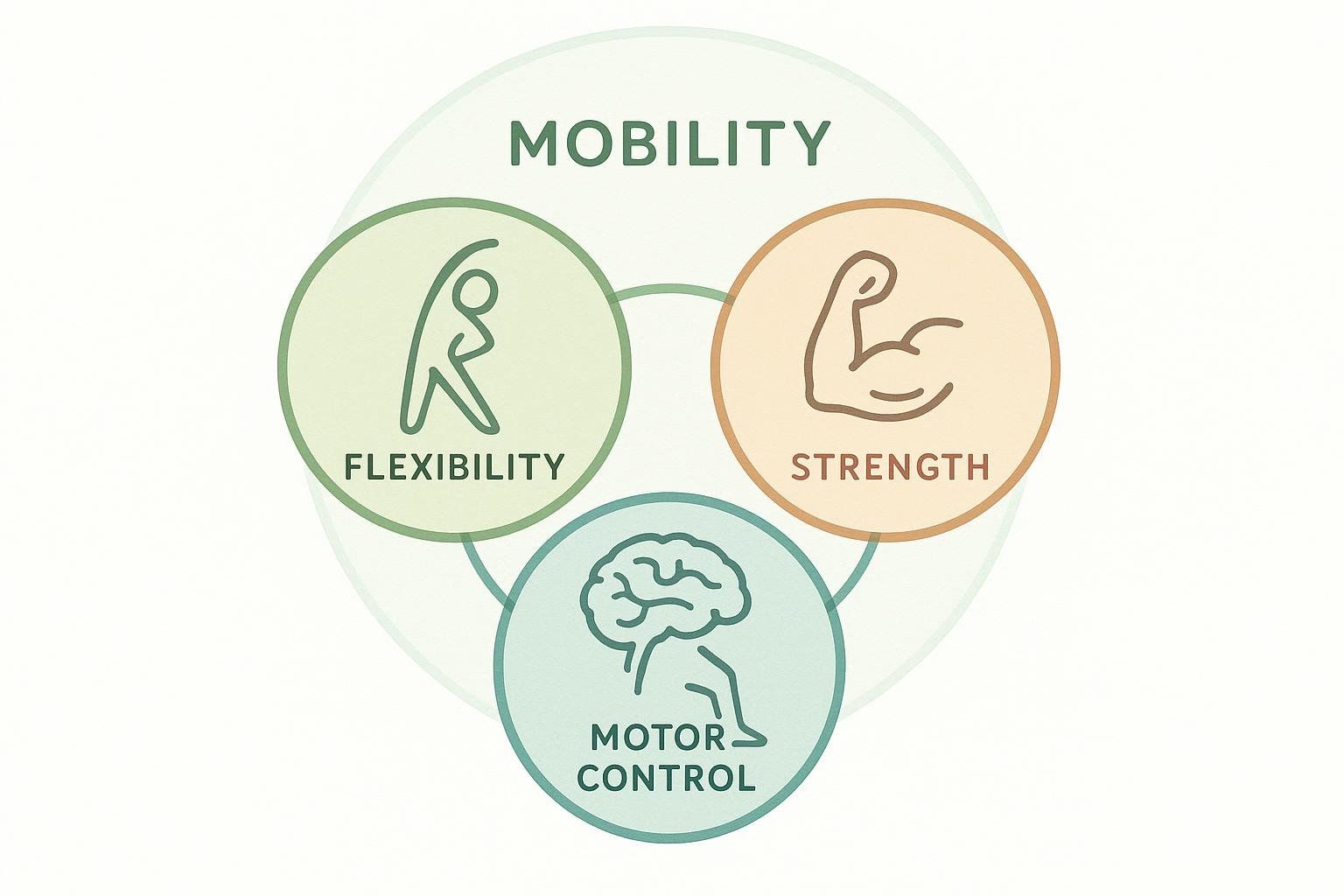
Why does that matter? Robust joint mobility delivers a host of benefits:
- Keeps cartilage nourished by moving fresh fluid through the joint space.
- Promotes proper muscle-firing patterns, so the right muscles do the right jobs.
- Reduces compensations that can snowball into overuse injuries or chronic pain.
- Improves movement economy in athletes, letting you do more with less energy.
- Lowers fall risk in older adults by boosting balance and reaction time.
- Enhances overall quality of life—getting off the floor or reaching a high shelf feels effortless.
Below is a science-backed, equipment-free routine you can mix and match for desk breaks, workout warm-ups, or gentle morning tune-ups.
Table of Contents
- Why Mobility Matters
- How to Use This Routine
- Office-Friendly Mobility Circuit (5 Drills, 5 Minutes)
- Runner’s Warm-Up Mobility Flow (5 Drills, 5 Minutes)
- Everyday Longevity Mobility (5 Drills, 5 Minutes)
- FAQ – Your Mobility Questions Answered
- Next Steps: Track Your Progress With BodySpec
1. Why Mobility Matters
- Prevents injury. Athletes with limited hip rotation are significantly more likely to develop groin pain and other overuse issues, according to a systematic review in the British Journal of Sports Medicine.
- Boosts performance. Runners with longer Achilles tendons and greater ankle flexibility used less oxygen at set speeds, improving running economy in a study on running economy.
- Eases desk stiffness. The NHS flexibility guide recommends brief mobility breaks during prolonged sitting to relieve lower-back tightness and improve comfort.
- Slows age-related decline. Shoulder and hip flexibility drop about 6° per decade after age 55, reports a cohort study in the Journal of Aging Research. Consistent mobility work helps preserve that range.
2. How to Use This Routine
- Pick the circuit that matches your main need—desk relief, run prep, or all-purpose longevity.
- Follow the specific reps or duration listed for each exercise. As a general guideline, aim for about 30 seconds per side or 8–10 controlled reps.
- Move slowly through the range; speed belongs in cardio, not mobility.
- Breathe—exhale during the deepest part of the stretch to cue relaxation.
- Aim for 3–5 × per week. Consistency beats marathon sessions.
A Note on Pre-Workout Mobility
Starting your training with these dynamic drills primes muscles and joints without the temporary strength drop sometimes seen after long static stretches (> 60 seconds per muscle group), according to a 2020 review on warm-ups in the Strength & Conditioning Journal.
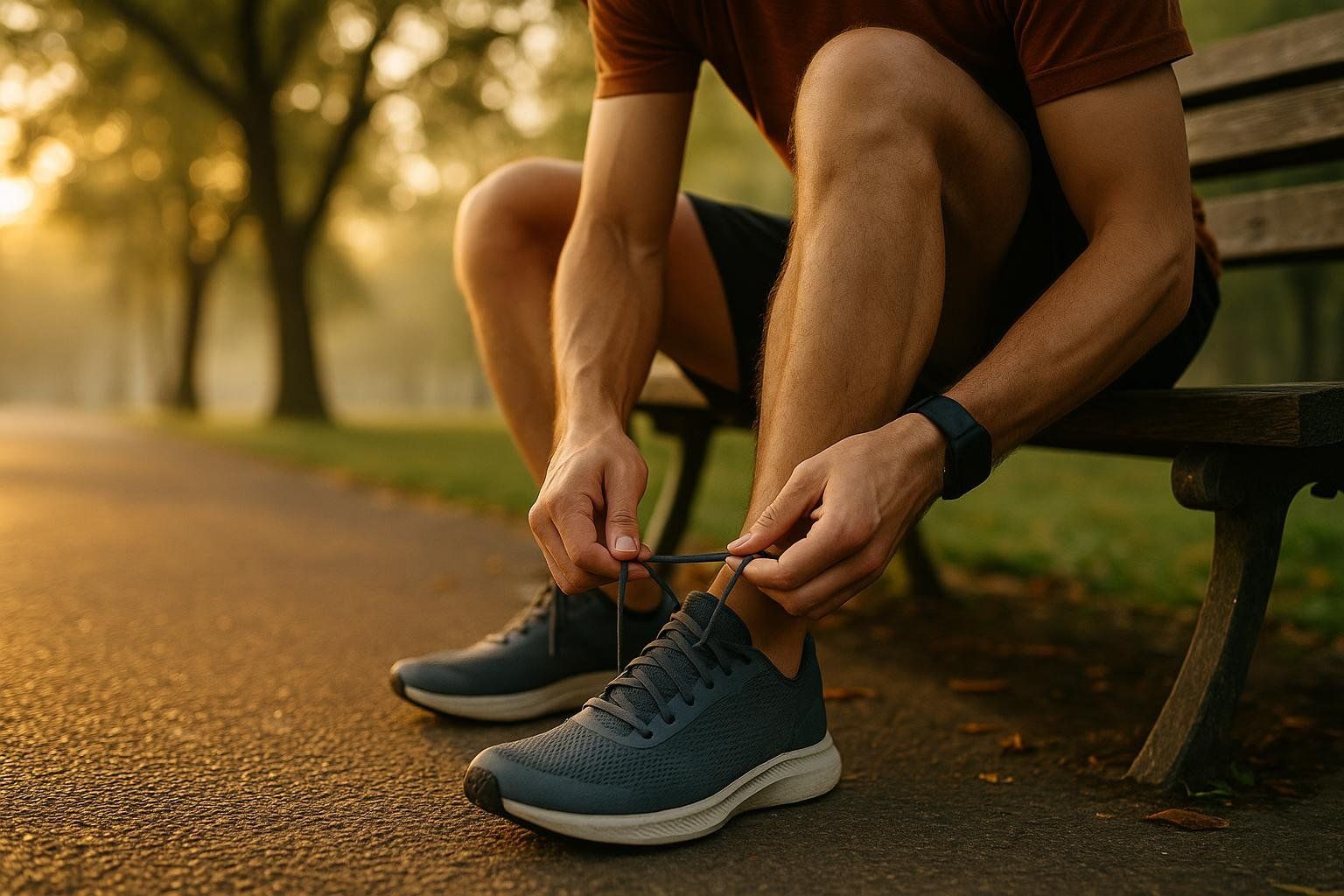
3. Office-Friendly Mobility Circuit (5 Drills)
Designed for office workers who experience mid-afternoon back and shoulder stiffness.
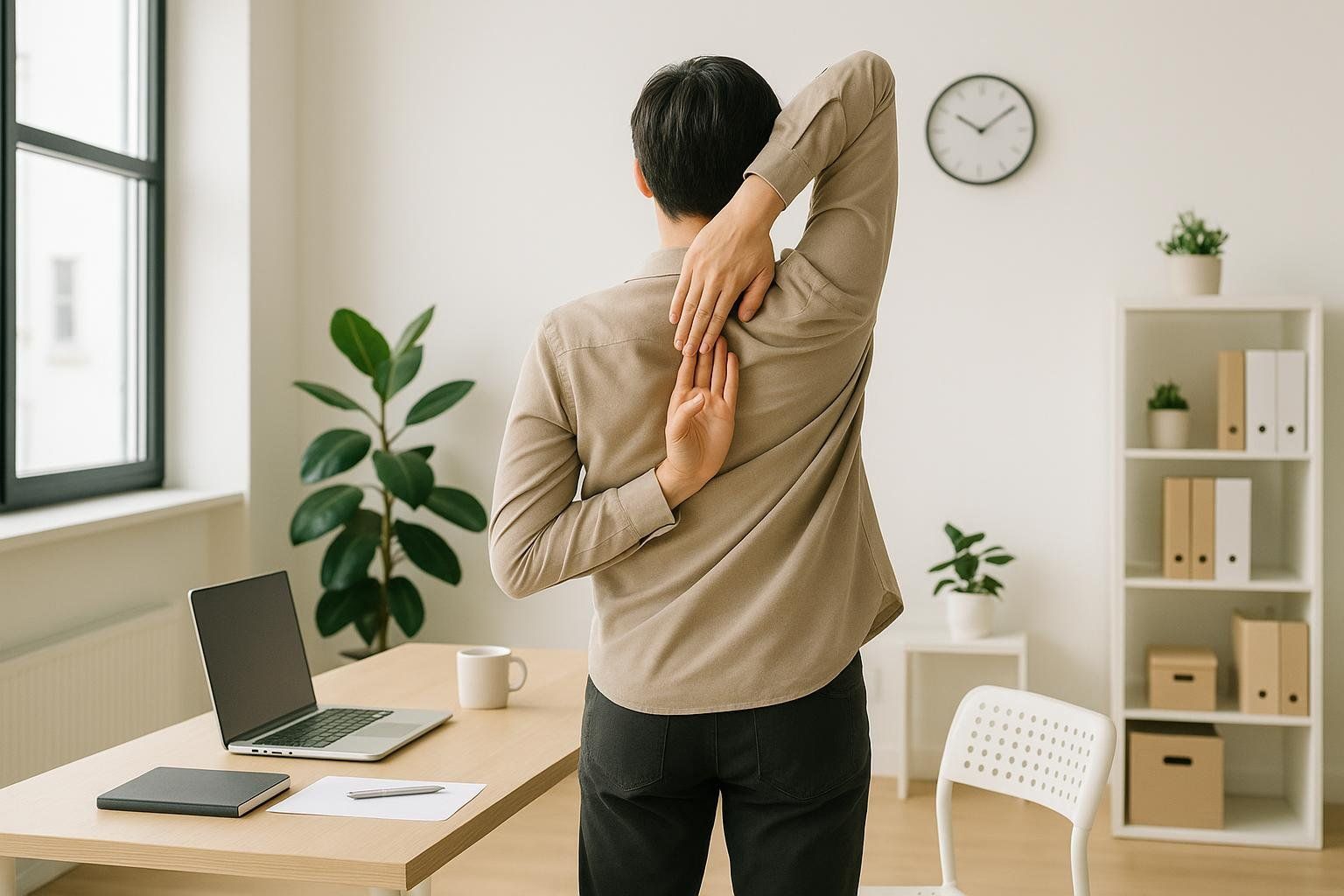
| # | Exercise | What It Targets | How to Do It |
|---|---|---|---|
| 1 | Thoracic Chair Opener | Upper-back rotation & extension | 1. Sit tall, fingertips behind ears. 2. Keep hips square. 3. Rotate and side-bend right until you feel a mid-back stretch. 4. Return to center and repeat left. Volume: 5 reps per side. |
| 2 | Seated Figure-4 Hip Stretch | Glutes & hip external rotators | 1. Cross right ankle over left knee. 2. Sit tall, hinge forward keeping spine long. 3. Lightly press right knee down. 4. Switch sides. Volume: Hold 30 s per side. |
| 3 | Gentle Neck Tilts | Cervical spine mobility | 1. Sit or stand tall. 2. Tilt right ear toward right shoulder and pause. 3. Roll chin down toward chest, then tilt left ear toward left shoulder. 4. Return to start position. Volume: 5 slow arcs each direction (no full circles). |
| 4 | Desk Shoulder Slide | Shoulders & lats | 1. Place forearms on desk edge. 2. Step back & bend knees. 3. Brace core. 4. Slide chest toward floor until you feel a stretch under the armpits. 5. Return with control. Volume: 8–10 reps. |
| 5 | Standing Calf Pump | Ankle dorsiflexion & calf | 1. Hands on wall, right foot 4 in from wall. 2. Drive knee over toes without lifting heel. 3. Pause briefly. 4. Return. Volume: 10 pulses each side. |
Total time: about 5 minutes.
4. Runner’s Warm-Up Mobility Flow (5 Drills)
Dynamic warm-ups aren’t just tradition—they work. A 2022 meta-analysis of 20 randomized trials showed that well-structured warm-up programs reduce sports-injury risk by about 16 % (2022 meta-analysis). Complete one round of this flow before heading out—it takes roughly 5 minutes.
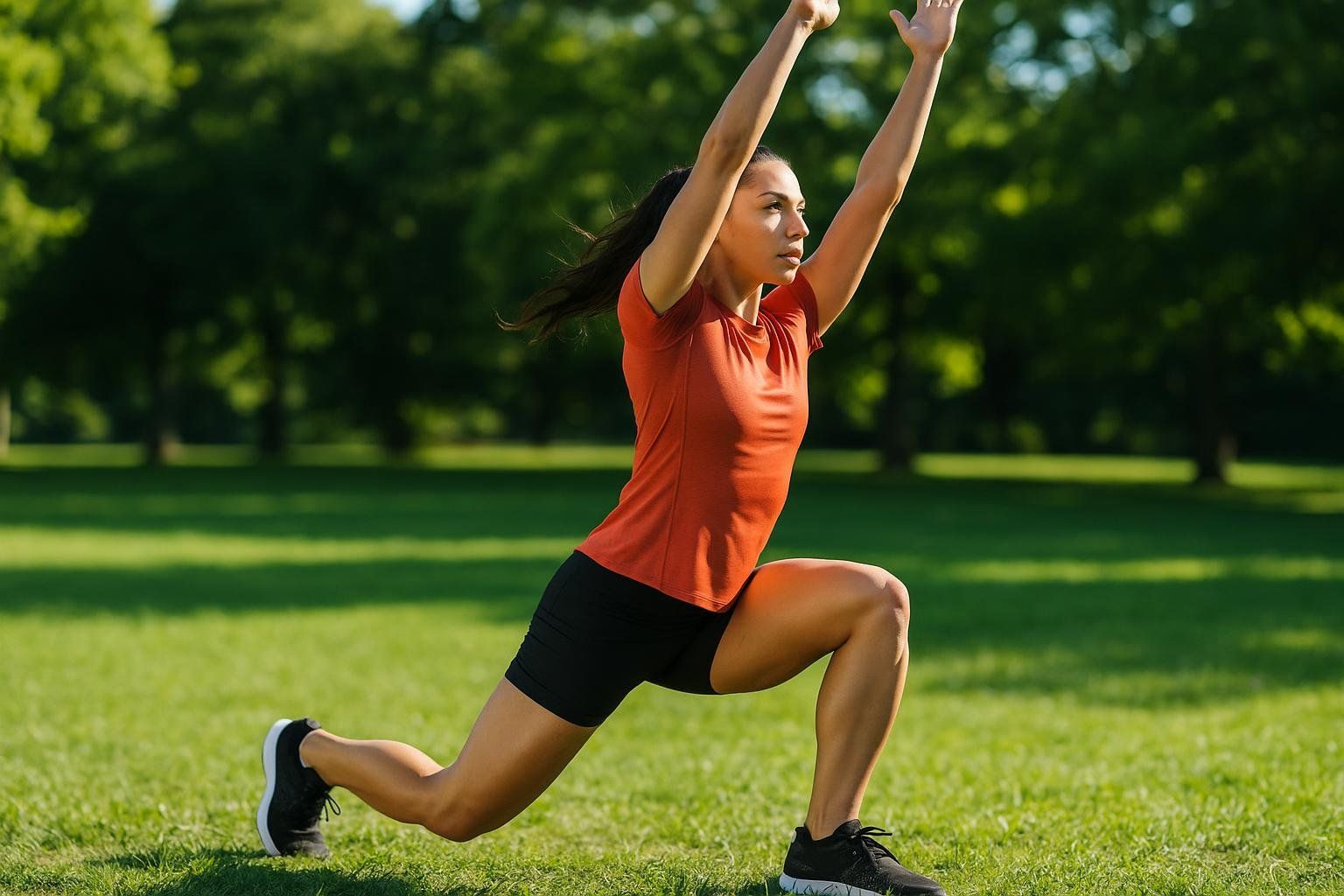
| # | Exercise | What It Targets | How to Do It |
|---|---|---|---|
| 1 | World’s Greatest Stretch | Hip flexors, thoracic rotation, hamstrings | 1. Step left foot forward into a long lunge. 2. Place right hand on the floor for support. 3. Drop left elbow toward the instep. 4. Rotate chest open and reach left arm skyward. 5. Bring left hand back down. 6. Straighten the front leg and hinge hips into a hamstring stretch. 7. Bend front knee to return to the lunge. Volume: 3 fluid reps per side. |
| 2 | 90/90 Hip Switches | Internal & external hip rotation | 1. Sit with both knees bent to 90°—front shin ahead, rear shin out to side. 2. Keep chest tall and drop knees side-to-side while feet stay planted. Volume: 8–10 switches. |
| 3 | Ankle Rockers | Ankle dorsiflexion | 1. Half-kneel, front foot flat. 2. Glide front knee over toes until heel nearly lifts, then rock back. Volume: 8–10 reps each leg. |
| 4 | Reverse Lunge With Reach | Hip extension & thoracic extension | 1. Step right foot back into lunge. 2. Reach both arms overhead & slightly back. 3. Drive through front heel to stand and switch sides. Volume: 6 reps per side. |
| 5 | Standing Hamstring Sweep | Posterior chain activation | 1. Step left heel forward, toes up. 2. Sweep arms down past ankle while hinging hips, then sweep arms overhead as you stand. 3. Alternate legs continuously. Volume: 30 s continuous. |
See our guide on strength training for runners to complement this flow.
5. Everyday Longevity Mobility (5 Drills)
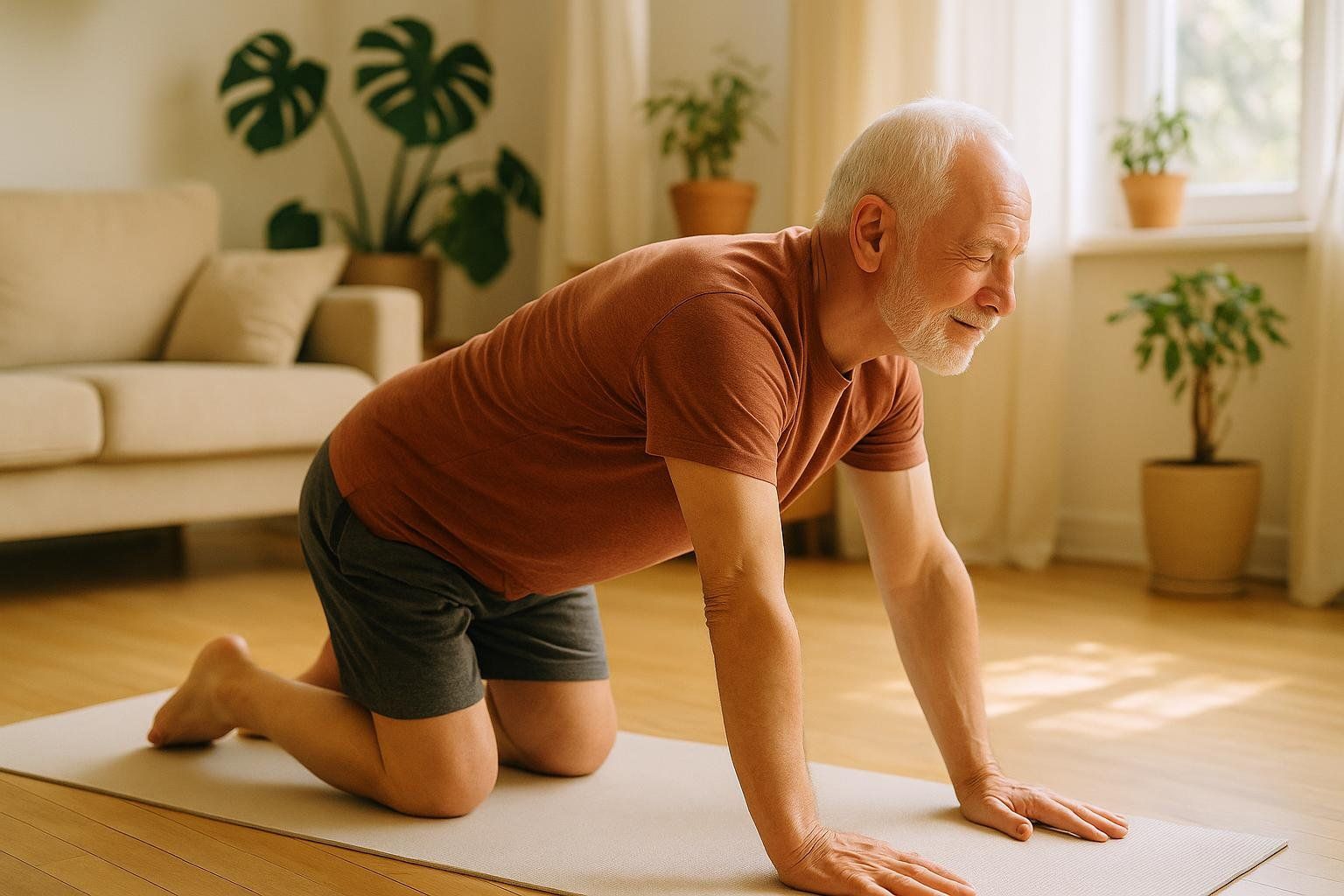
Gentle, ground-based moves designed for semi-retired adults prioritizing pain-free daily activities.
| # | Exercise | What It Targets | How to Do It |
|---|---|---|---|
| 1 | Cat-Camel | Spine articulation | 1. Start on all fours. 2. Inhale, drop belly (Cow). 3. Exhale, round spine (Cat). 4. Move one vertebra at a time. Volume: 8 slow cycles. |
| 2 | Half-Kneeling Hip Flexor Stretch | Hip flexors & quads | 1. Kneel on right knee, left foot forward. 2. Tuck pelvis under. 3. Shift hips forward until you feel a stretch in right hip. 4. Raise right arm overhead. Volume: Hold 30 s; switch sides. |
| 3 | Shoulder CARs (Controlled Articular Rotations) | Global shoulder mobility | 1. Stand tall with ribs down and core engaged. 2. Lift right arm forward and overhead in the largest pain-free circle you can manage. 3. As the arm descends behind the body, slowly internally rotate so the palm turns away—keep torso and hips completely still. 4. Finish the circle down by your side. Volume: 5 slow circles forward, then reverse for 5. |
| 4 | Seated Shin Box Lift | Glute activation & hip rotation | 1. Sit with both knees bent to 90°—front shin ahead, back shin out to side (90/90). 2. Press front shin into the floor. 3. Without leaning back, lift the back knee 2–3 inches using your glutes. 4. Lower with control. Volume: 6 reps each side. |
| 5 | Seated Ankle Circles | Ankle inversion/eversion | 1. Sit on a sturdy chair with feet flat. 2. Lift right foot an inch off the floor. 3. Draw slow, controlled circles with the toes, moving only from the ankle joint. 4. Complete all reps clockwise, then counter-clockwise. 5. Repeat with left foot. Volume: 10 circles each direction per foot. |
Complement this routine with a daily walk—see our 10,000 steps guide for ideas.
6. FAQ – Your Mobility Questions Answered
How often should I do mobility exercises?
At least 10 minutes, 3 days per week produced measurable flexibility gains in under 4 weeks in a 2023 systematic review on stretching duration.
Static stretching vs. dynamic mobility—what’s the difference?
Static stretching holds a muscle at end-range; dynamic mobility moves through range. Longer static holds (> 60 s) before exercise can temporarily lower power output, whereas dynamic drills either preserve or slightly enhance it, according to the same 2020 review in the Strength & Conditioning Journal.
Can mobility help with low-back pain?
Possibly. A 2023 systematic review of 15 trials reported short-term pain and disability reductions when hip strengthening and stretching were added to standard spine care for chronic low-back pain.
How do I know I’m improving?
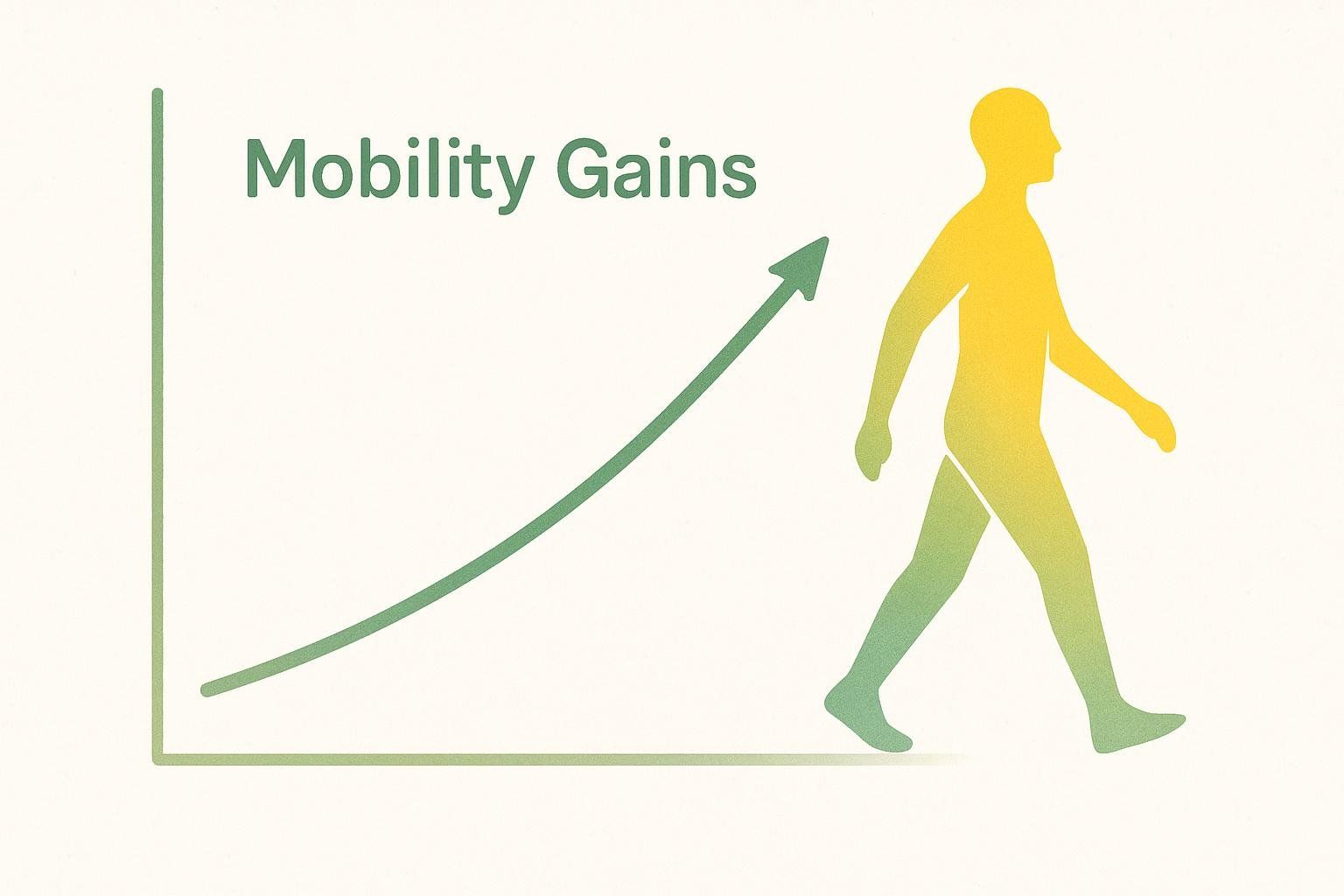
Retest simple benchmarks monthly—e.g., ankle-to-wall distance, shoulder reach, or seated forward reach. If your broader goal includes improving body composition so movement feels easier, a BodySpec DEXA scan can track changes in lean and fat mass that support your mobility practice.
7. Next Steps: Track Your Progress With BodySpec
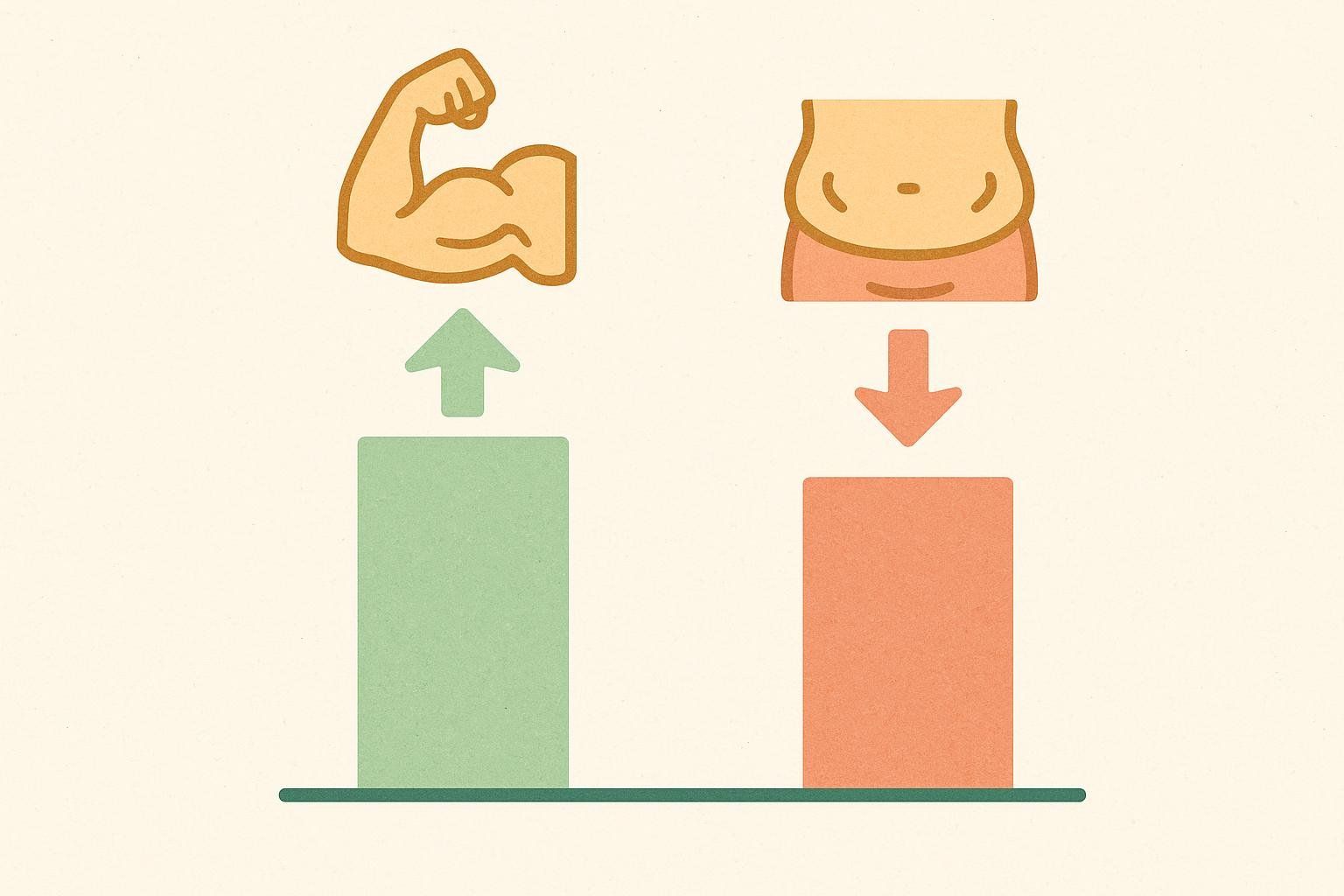
Mobility isn’t just about feeling limber—it paves the way to build muscle efficiently and stay injury-free while you chase fitness goals. Our mobile DEXA vans operate across California and Texas, letting you quantify how your training affects lean mass and visceral fat. Book a scan today and turn subjective improvements into objective data.
Commit to these drills, and revisit your progress in 30 days—you may be pleasantly surprised by how freely you move.
